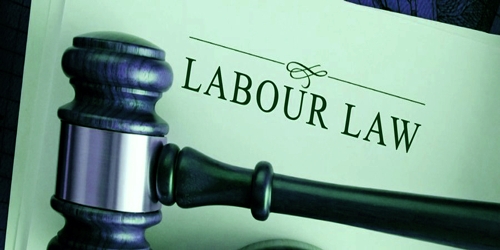Basic Principles of Labor Remuneration
Remuneration has been defined as the reward for labor and services rendered. All business organizations should have a proper method of remuneration for their employees. The remuneration for labor is wages. The workers put effort & get wages in exchange for that. The management’s aim should be to achieve high productivity. So, it has to devise a method or remuneration in such a way that it promotes goodwill and satisfaction among the laborers and at the same time, increasing the efficiency, economy, and productivity of firms too. A good incentive scheme should fulfill the following requirements:
(a) Easy to understand: The scheme should be understood by the workers easily. They themselves should calculate their earnings.
(b) Motivation: The scheme should be so devised that it can motivate their workers to raise production.
(c) Savings in production cost: The plan should result in savings in the cost of production.
(d) Less supervision: It should be made in such a way that it can result in minimum supervision.
(e) Reward for good production: The scheme should discourage spoilage and defective work and reward good production.
(f) Comply with statutory guidelines: It should guarantee the minimum days’ wages as per the Minimum Wages Act.
(g) Time lag: The time lag between the effort and the reward should be kept a minimum.
(h) Inexpensive: The scheme should be administered with minimum expense.
(i) Labor turnover: The scheme should be so attractive that workers remain in the organization for a longer period.
(j) Equal opportunity: All workers should be provided with equal opportunity to earn more. There should be no room for any vested interest.
(k) Uniformity: The scheme should be devised in such ‘a way that there should be uniformity of reward for the same amount of effort.
(l) Complementary to other control systems: The plan should facilitate the other control systems such as budgetary control and standard cost systems.
(m) Continuity and permanency: This should be based on a permanent basis and continued for a long period.
(n) Flexibility: It should be so flexible that it can accommodate any changes in the figure.
(o) Coverage: Indirect workers also should be covered under this scheme.
















